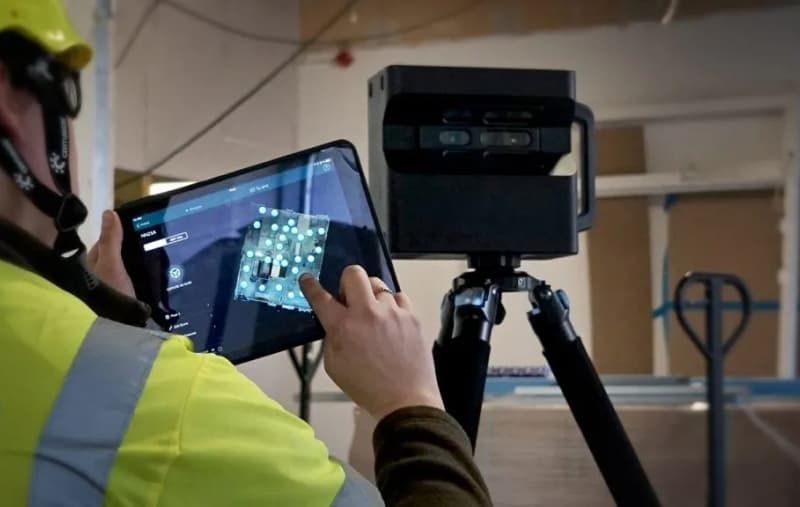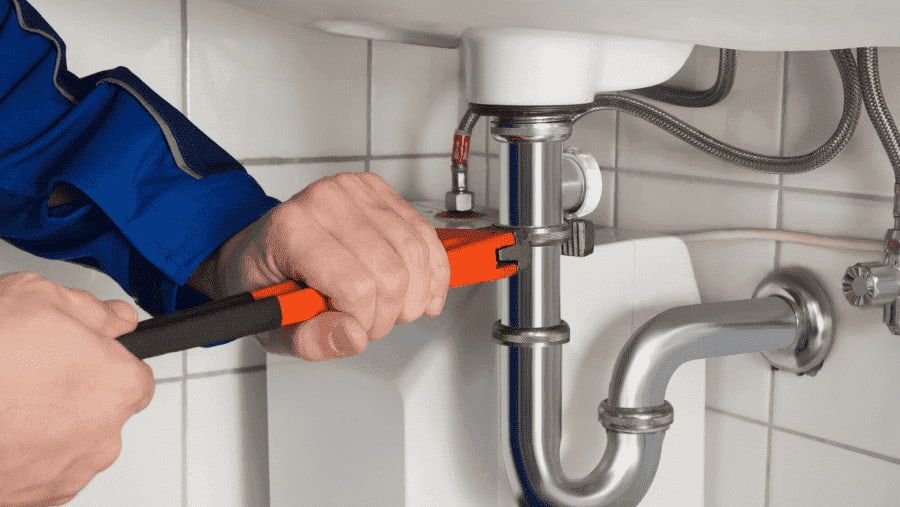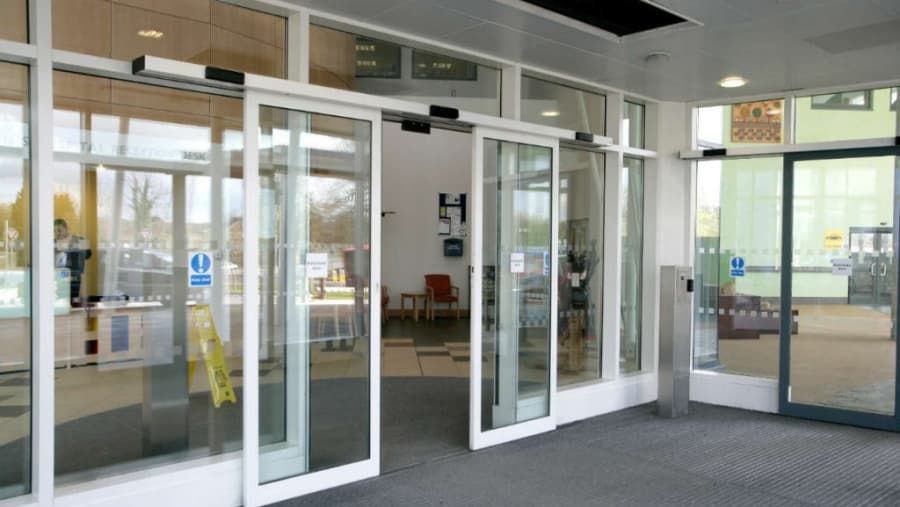Find Out About 3D Laser Scanning
In a correct, new-idea world, 3D laser scanners are not tools but mighty technologies in industrial changes. So, why are they so important? Now let’s discuss about how they are employed, the benefits and the best choices for businesses.

What is a 3D Laser Scanner?
3D laser scanner is a very complex tool to capture the external dimension of an object or environment using laser that measures distance. Although the technology does in great detail create a digital representation-a thing called a point cloud-it is really several million data points mapping the geometry of the surface that has been scanned. Construction, engineering, and architecture have been in high demand for such scanners, and even health-related issues, because of the precision and swiftness.
Applications Across Industries
1. Construction and Architecture
In architecture, 3D laser scanners help in making correct records of buildings and planning renovations. Scanning the existing structure reduces errors and minimizes project duration by providing comprehensive as-built models.
2. Manufacturing and Quality Control
Manufacturing industries apply scanners in prototyping, product analysis, and quality checking. They ensure that products are uniform by comparing the data from scanning against the design specifications.
3. Health and prosthetics
Healthcare professionals can use 3D scanning to design a custom prosthetic or orthotic. The use of individual anatomy is captured and guarantees superior fit and comfort for the patient.
4. Games and Entertainment
A modern-day scanner is able to integrate real things directly into virtual places, thus creating ultra-realistic digital objects for movies and video games.
5. Cultural Heritage Preservation
3D scanning for museums and archaeologists will mean that artifacts and historical places are digitally preserved for detailed studies without physical damage.
6. Forensics
Police use 3D scanning to record crime scenes correctly, giving important information for investigations.
Benefits of 3D Laser Scanners
1. Unmatched Accuracy: Scanners deliver micron-level precision, crucial for industries requiring high tolerance levels.
2. Time Efficiency: The complications of measurement that took hours can now be carried out in minutes.
3. Cost-Effective: While the initial outlay may look lofty, the actual dollar amount of money saved via fewer mistakes and improved processing becomes significant.
4. Versatility: 3D laser scanners can scan small parts and big buildings; they work well in various sizes and places.
5. Data Integration: Modern scanners work well with CAD software, making workflows easier.
Best 3D Laser Scanners for Business
When choosing a 3D laser scanner, businesses should think about models that offer good performance at a reasonable price. Here are some leading options:
1. Shining 3D EinScan SP: Costs about $5,999, this is highly popular due to its speed and accuracy. It does color scanning and performs it fast; highly stable due to the feature of the turntable.
2. Creality CR Scan 01: With a budget-friendly tag of about $399, this is a reasonably accurate scanner at 0.1mm that does both handheld and tripod-mounted scanning.
3. Einscan HX: It is an industrial-grade scanner with a price of about $8,999. It supports laser and LED for scanning in different environments.
4. Thor3D Calibry Mini: This compact and very portable device at $7,700 is good for fieldwork, providing quality scans.
How to Choose the Proper 3D Laser Scanner
1. Identify Your Needs: Determine precisely what you are trying to capture. Large building scanning has different features than capturing minute detail.
2. Resolution and Accuracy: High-resolution models are highly applicable in cases that involve health or quality control, where minute details are very important.
3. Mobility: Lighter models should be used when on-site scanning will be frequent.
4. Software Compatibility: This demands software compatibility of the scanner with other design and analysis tools.
5. Cost: Offset the initial cost against the potential long-term savings, such as saving time or fewer mistakes.
6. Support and Training: Consider companies with good support systems in place regarding customer help and training.
Conclusion
3D laser scanners change industries by improving accuracy, efficiency, and innovation. If the business owner knows what they are capable of and selects the correct model for the intended application, then new business opportunities will open for the enterprise to maintain competitiveness.









